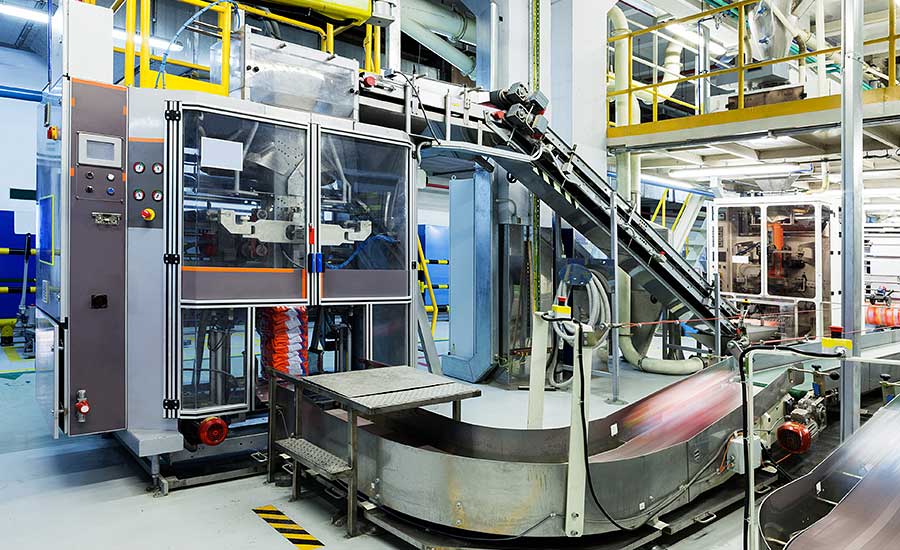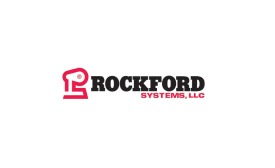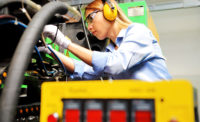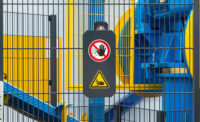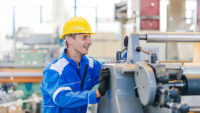History
The operation of machinery and equipment can be extremely dangerous. Injuries involving machinery and equipment often result in death or permanent disability. OSHA’s more than 40-year inspection experience indicates that employee exposures to unguarded or inadequately guarded machinery and equipment, together with associated hazardous energy employee exposures during servicing and maintenance activities, occur in many workplaces. OSHA workplace requirements prescribe measures for the safe operation, servicing and maintenance of machinery and equipment. (See, e.g., 29 CFR 1910.147, 1910.212, 1910.213, 1910.217, and 1910.219.)
Why this standard is important
Employee exposure to unguarded or inadequately guarded machines is prevalent in many workplaces. Workers who operate and maintain machinery suffer approximately 18,000 amputations, lacerations, crushing injuries, abrasions, and over 800 deaths per year.
The machine guarding standard, 29 Code of Federal Regulations (CFR 1910.212), always seems to make OSHA’s Top 10 Most Frequently Cited list. In 2015 it again made list, coming in at number ten. While there’s no single reason the OSHA guarding standard is so often cited by safety inspectors, a few regularly occurring issues give insight:
- Equipment is old, and somewhere along the way the guarding was removed, misplaced or damaged
- Guarding wasn’t provided as part of the original equipment
- There’s no previous accident history with the equipment
- The equipment has been officially retired, and on the rare occasion it’s used, operators are instructed to be particularly careful
Given potential liability issues, “I didn’t know” is an inadequate answer. The good news is that with the proper processes, documentation and equipment in place, the number of machine-related accidents can be greatly reduced, if not eliminated completely.
Hazards
Bureau of Labor Statistics (BLS) data indicate that of approximately 20,000 annual occupational amputations, between 1,600 and 2,000 (10 percent) occur among power press operators.
Sources of hazards:
- Agricultural, garden machinery, bailers
- Aerial lift platforms
- Benders, Rollers, Shapers
- Cranes
- Casting Machinery
- Conveyors – Belt, Chain, Live Roller, and Auger Screw Conveyors
- Hearing and cooking machinery and appliances
- Drills – Stationary
- Extruding Machinery
- Food and Beverage Processing
- Grinders, Abraders, and Meat Grinders
- Material and personnel handling machinery
- Milling Machines
- Mixers, Blenders, Whippers, Slicers, and Food Beverage Processing Equipment
- Packing, Wrapping, Bundling Machinery
- Plastic Injection Molding Machinery
- Press Brakes
- Presses (Mechanical, Hydraulic, and Pneumatic Printing Presses)
- Sawing Machinery (Band, Table, Radial Arm Saws)
- Shears
Enforcement Statistics (October 2015 – September 2016)
Citations: 2,121
Inspections: 1,862
Penalties: $8,742,721
Most cited industries
- Fabricated Metal Product Manufacturing
- Food Manufacturing
- Machinery Manufacturing
- Plastics and Rubber Products Manufacturing
- Transportation Equipment Manufacturing
Key Definitions
"Pinch point" means any point other than the point of operation at which it is possible for a part of the body to be caught between the moving parts of a press or auxiliary equipment, or between moving and stationary parts of a press or auxiliary equipment or between the material and moving part or parts of the press or auxiliary equipment.
"Certification" or "certify" means, in the case of design certification/validation, that the manufacturer has reviewed and tested the design and manufacture, and in the case of installation certification/validation and annual recertification/revalidation, that the employer has reviewed and tested the installation, and concludes in both cases that the requirements of 1910.217 (a) through (h) and Appendix A have been met. The certifications are made to the validation organization.
"Point of operations" means that point at which cutting, shaping, boring, or forming is accomplished upon the stock.
"Point of operation" means that point at which cutting, shaping, or forming is accomplished upon the stock and shall include such other points as may offer a hazard to the operator in inserting or manipulating the stock in the operation of the machine.
"Safety guard" means an enclosure designed to restrain the pieces of the grinding wheel and furnish all possible protection in the event that the wheel is broken in operation
"Device" means a press control or attachment that:
- Restrains the operator from inadvertently reaching into the point of operation, or
- Prevents normal press operation if the operator's hands are inadvertently within the point of operation, or
- Automatically withdraws the operator's hands if the operator's hands are inadvertently within the point of operation as the dies close, or
- Prevents the initiation of a stroke, or stops of stroke in progress, when there is an intrusion through the sensing field by any part of the operator's body or by any other object.
"Presence sensing device" means a device designed, constructed and arranged to create a sensing field or area that signals the clutch/brake control to deactivate the clutch and activate the brake of the press when any part of the operator's body or a hand tool is within such field or area.
"Gate or movable barrier device" means a movable barrier arranged to enclose the point of operation before the press stroke can be started.
"Guard" means a barrier that prevents entry of the operator's hands or fingers into the point of operation.
"Safety system" means the integrated total system, including the pertinent elements of the press, the controls, the safeguarding and any required supplemental safeguarding, and their interfaces with the operator, and the environment, designed, constructed and arranged to operate together as a unit, such that a single failure or single operating error will not cause injury to personnel due to point of operation hazards.
General Requirements
The following is a list of machines that usually require point of operation guarding:
- Guillotine cutters
- Shears
- Alligator shears
- Power presses
- Milling machines
- Power saws
- Jointers
- Portable power tools
- Forming rolls and calenders
- Revolving barrels, containers, and drums must be guarded by an enclosure interlocked with the drive mechanism.
- When the periphery of the blades of a fan is less than seven feet above the floor or working level, the blades must be guarded
- Guards shall be affixed to the machine where possible and secured elsewhere if for any reason attachment to the machine is not possible. The guard shall be such that it does not offer an accident hazard in itself.
- A machine designed for a fixed location must be securely anchored to prevent walking or moving.
Sponsor: www.rockfordsystems.com, 1-800-922-7533
